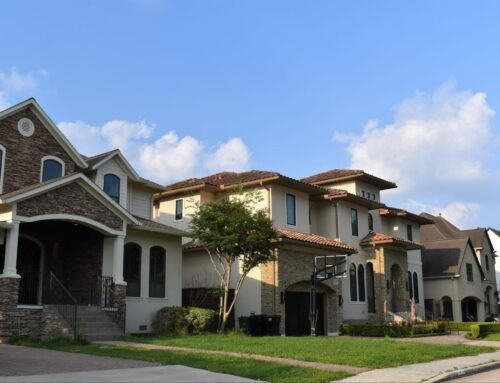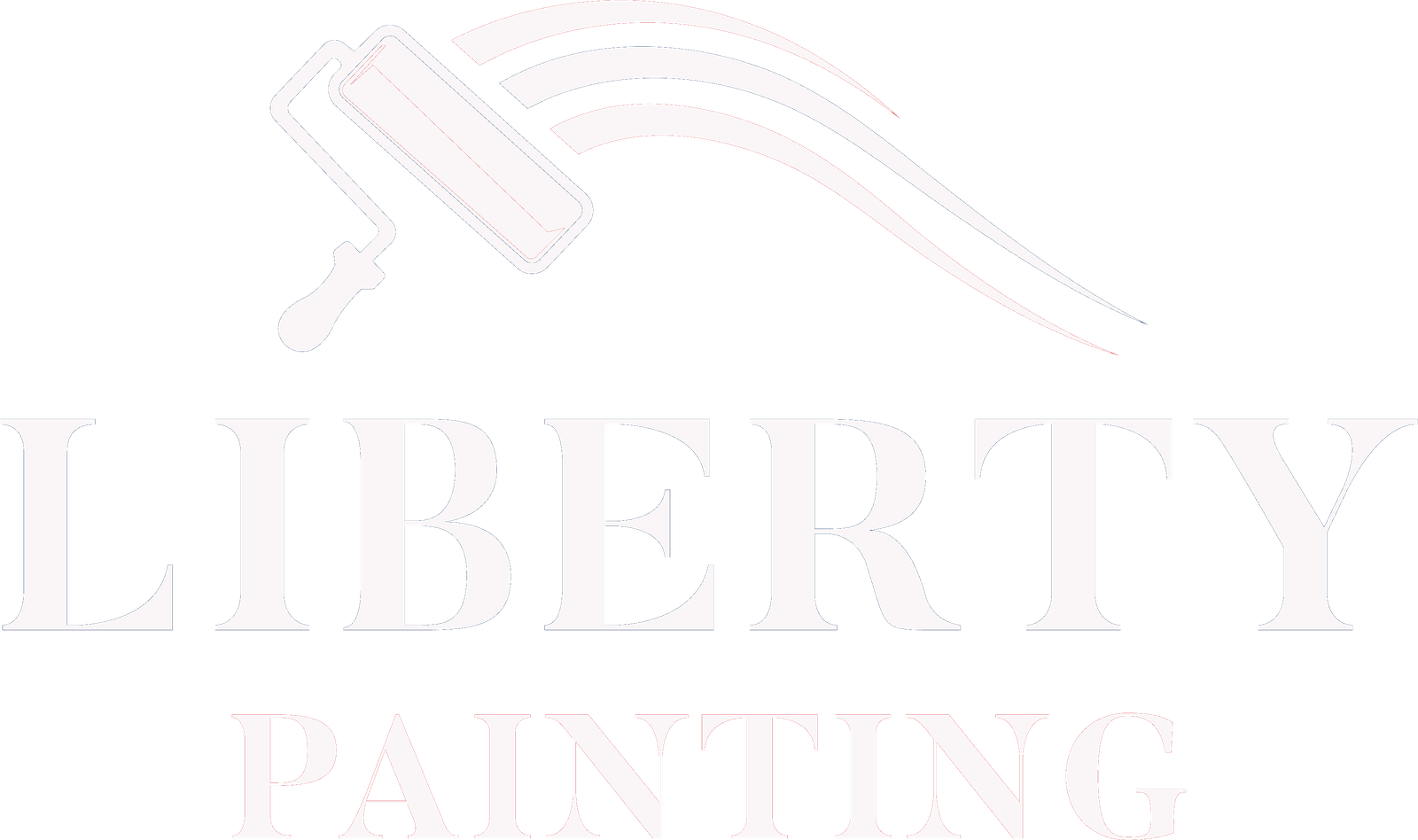
The Fence Dilemma – Beyond Just Boundaries
Fences are much more than simple property markers; they’re key players in your home’s curb appeal, silent guardians of your privacy, and often the first impression visitors get of your outdoor space. Whether you’re looking to freshen up an old, tired-looking fence or simply want to change the color of a newly installed one, you’re faced with a big decision. Should you go with classic wood or durable metal? And once you’ve decided, what’s the best way to finish it – paint or stain? What exactly is the difference, which option is best for your fence, and what about those cost discrepancies?
This guide is designed to cut through the confusion. We’ll break down the pros and cons of both wooden and metal fence materials, explore the best finishing options for each, and even tackle the common question of pricing. Our goal is to help you make an informed decision that ensures your fence not only looks fantastic but also lasts for years to come.

Wooden Fences: Classic and Versatile
Wooden fences offer that quintessential, natural charm that many homeowners adore. They’re incredibly versatile, allowing for a wide range of styles from rustic split rail to solid privacy panels. Their initial installation is often more cost-effective than metal, making them an accessible choice for many budgets.
However, the beauty of wood comes with a responsibility. It’s a natural material, which means it’s more susceptible to rot, warping, and damage from pests. Without proper care, wood can splinter, fade, and quickly lose its appeal, requiring more ongoing maintenance than its metal counterparts.
Finishing Wood: Paint vs. Stain
When it comes to protecting and beautifying your wooden fence, you generally have two excellent options: stain or paint. Each offers distinct advantages and disadvantages, especially in how they interact with the wood itself.
A. Staining Wooden Fences
Unlike paint, stain is soaked directly into the fence, offering a deeper treatment that can last longer. This deep penetration means stain avoids issues like peeling or cracking over time. Reapplication also tends to be much less preparation-intensive than with paint – often, a good power-wash with a cleaner is sufficient before re-staining.
Stain comes in various types, from almost transparent finishes that subtly enhance the wood’s natural character, to ‘solid’ finishes that provide more opaque coverage while still allowing some texture to show. As a rule of thumb, the more solid in color a stain is, the more protection you get, though you’ll see less of the natural wood. For instance, a semi-transparent stain will offer the protection you need while keeping the inherent beauty of natural timber visible.
- What it does: Penetrates the wood, highlights natural grain, protects against UV and moisture.
- Pros: Fades gracefully over time (no peeling or cracking), easier reapplication, natural look.
- Cons: Limited color options compared to paint, less opaque coverage, may need more frequent reapplication depending on transparency.
- Best For: Homeowners who love the natural look of wood and prefer a simpler maintenance routine when it comes to reapplication.
Paint sits on the surface of the fence, completely covering the timber. This offers a complete, more dramatic transformation to your fence, allowing for a vast range of colors to perfectly match your home’s exterior or landscape.
However, paint will wear out over time, and this can look quite distasteful if not repainted promptly. To avoid the appearance of peeling and cracking, it’s generally advised to repaint your fence every 1-3 years, or as soon as any imperfections begin to appear. A crucial point often overlooked is that paint can restrict the ability of the timber to “breathe,” potentially increasing moisture content within the wood, which can unfortunately lead to problems with rotting over time. Keep in mind that once you do need to repaint, you will need to scrape off all the existing paint, prepare the surface thoroughly, and then repaint it.
- What it does: Forms a protective, opaque layer on the surface, covering the timber.
- Pros: Vast color selection, hides wood imperfections, offers a more uniform look, potentially more durable surface if applied correctly.
- Cons: Can chip, crack, and peel (requires scraping/sanding for reapplication), hides wood grain, can be more labor-intensive to maintain long-term. Can restrict wood’s ability to breathe, potentially increasing moisture and risk of rot.
- Best For: Achieving a specific color scheme, completely transforming the look of your fence, hiding existing blemishes, and providing robust surface protection.
Key Prep Note for Wood: Regardless of whether you choose paint or stain, meticulous preparation is crucial for a lasting finish. Always ensure the wood is clean, dry, and free of mildew or loose debris. Address any minor repairs before you begin. If you’re painting, priming is an essential step to ensure proper adhesion and a uniform color!
Is it Cheaper to Paint or Stain a Wooden Fence?
This is a common question, and the answer isn’t as straightforward as it might seem. Put simply, paint is generally less expensive to purchase per can than stain. However, it often requires more product to cover a fence effectively and, as we’ve discussed, doesn’t always last as long as stain before needing a refresh.
When you factor in the additional times paint will likely need to be applied versus stain over the fence’s lifespan, the overall costs tend to even out. There isn’t a clear-cut winner when it comes to long-term pricing; it often depends on the specific products used and the frequency of maintenance.

Metal Fences: The Durable Defender
Metal fences, including popular options like wrought iron, aluminum, steel, and chain-link, are celebrated for their strength, longevity, and often minimalist aesthetic. They are the go-to choice when durability, security, and minimal routine maintenance are top priorities.
While their initial cost can be higher than wood, their extended lifespan and low upkeep often make them a cost-effective choice in the long run. However, unlike wood, they offer less natural privacy unless specifically designed with solid panels. And, for materials like wrought iron or steel, rust can become an issue if not properly protected.
Finishing Metal: Paint is the Solution (Stain Not Applicable)
Unlike wood, metal is a non-porous material, which means stain is not applicable as it cannot penetrate or adhere to the surface. For metal fences, paint is the undisputed champion when it comes to both protection and aesthetics.
Why Paint is Essential for Metal Fences:
- Protection: For iron and steel fences, paint is vital for preventing rust and corrosion, which can quickly degrade the material. It also shields all metal types from harsh weather elements.
- Aesthetics: Paint allows you to customize the look of your metal fence, giving it a fresh color that complements your home and landscape.
Key Considerations for Painting Metal:
- Rust Removal (if applicable): Any existing rust must be thoroughly removed before painting to prevent its spread. This is crucial for iron and steel fences.
- Thorough Cleaning: Just like wood, metal needs to be meticulously cleaned. Remove all dirt, grease, and any flaking old paint to ensure new paint adheres properly.
- Specialized Primers: Using the correct primer is paramount. Opt for rust-inhibiting primers for iron and steel, and ensure you use appropriate primers designed for aluminum if that’s your fence material.
- Durable Paint: Invest in exterior-grade metal paints. These are formulated for excellent adhesion, flexibility, and resistance to weather conditions.
Making Your Decision: Key Factors to Weigh
Choosing between a wooden and metal fence, and then selecting the right finish, boils down to your specific needs and preferences. Here are the key factors to consider:
- Aesthetics: Do you envision the warm, natural look of wood grain, or a crisp, bold color that only paint can deliver? Consider how the fence will complement your home’s existing style.
- Maintenance Commitment: Be honest about how much time and effort you’re willing to invest in upkeep. Wood generally requires more active maintenance than metal, and painting wood usually involves more rigorous prep for reapplication than staining.
- Budget: Look beyond just the initial installation cost. Factor in the long-term maintenance costs, including regular cleaning, potential repairs, and the frequency of repainting or restaining.
- Climate: Your local weather conditions play a huge role. High humidity, extreme temperatures, or frequent rain can impact how quickly your chosen material and finish will degrade.
- Purpose: Is it for privacy, security, decorative appeal, or a combination? Your primary goal can guide your material and design choices.

When to Call the Professionals
While painting or staining a fence might seem like a manageable DIY project, there are significant benefits to trusting the experts, especially with an investment like your property’s perimeter.
- Complexity of Prep: Proper preparation is the most critical step for the longevity of any paint or stain job. This is especially true for treating rust on metal or dealing with peeling paint on wood. Professionals understand the nuances and won’t cut corners.
- Expert Product Selection: The sheer variety of primers, paints, and stains available can be overwhelming. Professionals know which specific products are best suited for your fence material, its current condition, and your local climate, ensuring maximum protection and adhesion.
- Flawless Application: Achieving an even, streak-free finish that truly protects and enhances your fence requires skill and experience. Our team at Liberty Painting ensures a uniform coat and attention to detail that elevates the final look.
- Time and Effort Savings: Painting a fence, particularly a large one, is a substantial undertaking. Hiring professionals saves you significant time, physical effort, and the hassle of equipment rental and cleanup.
Your Fence, Your Choice, Our Expertise
Ultimately, both wooden and metal fences offer distinct benefits, and the “best” choice truly depends on your specific needs, aesthetic preferences, and budget. Crucially, the right finish—whether it’s paint or stain—is paramount for extending your fence’s life and ensuring it continues to enhance your property.
Whether you choose to highlight the timeless, natural beauty of wood or provide robust, long-lasting protection to metal, careful consideration of these factors will lead to a fence you’ll love for years.
Ready to enhance your property with a beautifully finished fence? Whether it’s wood or metal, our experts at Liberty Painting can help you choose the right materials and provide a flawless, long-lasting finish. Get a free estimate today!






